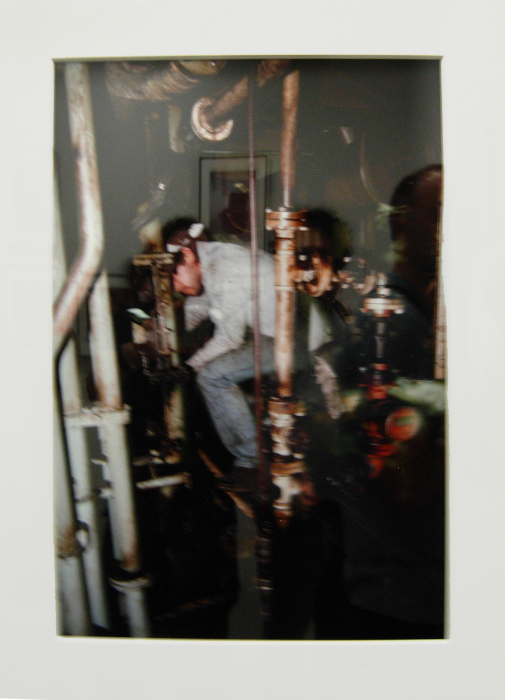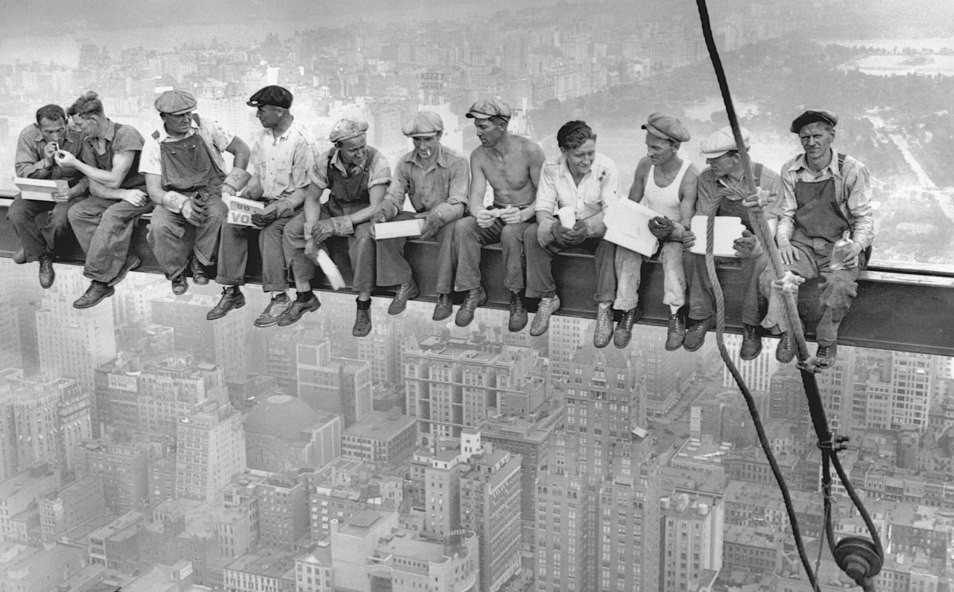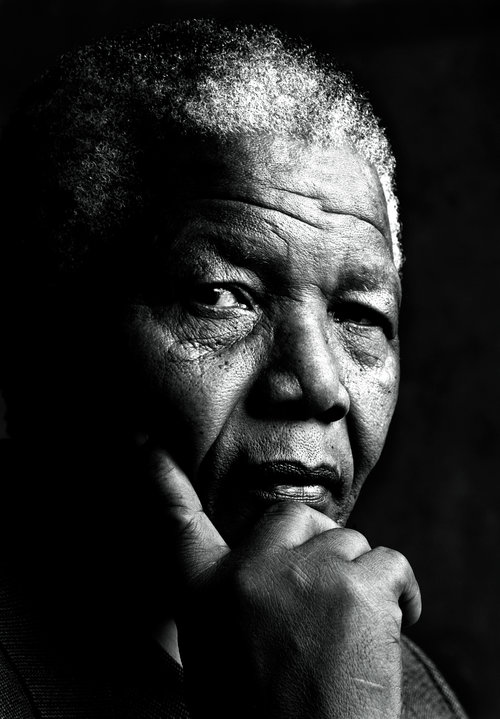When I first visited an exhibition dedicated to photography as art, I was disappointed. The exhibition was hosted by a well-established photo developing company, rich not only in tradition but also in customers and money. At that time, I loved doing photo manipulations which I certainly considered to be artworks. This exhibition, I thought beforehand, must be at the core of what I am trying to do, and a goal of my efforts. But I was disappointed. The only image I can remember was a large print showing a backyard. Intensely I tried to see the greatness of the image but found none.
Start at zero
The problem with photography is that anybody with no competence at all can make an „image“. It is a bit like YouTube podcasts. Since everybody can speak, anybody can start a channel and post his or her view on the world.
This is in contrast to, say, drawing and writing. True, anybody can draw a line, or even a face, on paper, and anybody can enter words into a word processor. But in those cases, your lack of skill will immediately appear. If you draw or write like a child, it will not even have the charm of a real child drawing or writing.
Otherwise, then, with photography. You push the release button and immediately a complete image is at hand. Is it art? If you want it to be art, and claim it to be, is it then art? Good or bad? How „bad“ must a photo be to fall short of art as a concept?
Continue – as what?
The first time I saw a photo-as-art exhibition in Berlin I was also disappointed. In 2010 I visited c/o Berlin – a gallery then with 60 photographers affiliated. One example: Images of prison cells showed how similar they were, though with small differences. Maybe the claimed-to-be-artist was really telling about the lives of people in normal life and not about prison inmates? Perhaps we are all trapped in prison-like cells, say about our cultural outlook or even political? – thick mental walls (of which we are not even aware?) separate us from real life.
You may sometimes have experienced that such a wall fell, and suddenly you saw more. In any case, this is no original idea, and I believe there is some truth in it (or much). But so, what? If the above photographing artist was driven by that idea and the images were metaphoric, I could see no lead to step into the metaphor (let alone how to get to the free world outside). Nor could I grasp any other experience beyond the interpretation above – which I made, not the artist.

Reporting straightforward reality (as it is normally understood) is the task of a journalist, not of an artist. In the above-mentioned c/o Berlin exhibition the gallery, somewhat daringly, touched on this question. But their courage was limited. They just suggested that photographers doing documentation would look beyond media outlets and seek other ways of displaying what they do.
Reality
Unfortunately, I cannot show any of the above-mentioned examples – probably because taking photos of the photos was not permitted (understandable?). Instead, I show two other examples.
In the image above a man is working as a kind of modern sailor on a ship – I guess he is tending machinery. (What makes him a „sailor“, is that also off duty he will have to stay on the ship.) According to the introduction at Kassel, the maker of the images was concerned about the man’s and his colleagues‘ working conditions. Why, the notice did not say.
But the workers below look satisfied.

The workers appear as heroes, and their remarkably relaxed attitude makes them even more so. Steelworkers with nerves also of steel.
But what made this image great? Of course, also the photographer had to keep his nerve when making this shot, but otherwise, the image is primarily about the idea, and secondly about the workers being able to pose like that.
Artwork (or “artwork”) of the fortnight

However, great is not necessarily great art. The above image of a “lofty lunch” never claimed to be art, I believe, and who cares? You can e.g., enjoy it as an example of male heroism – or take it as a nostalgic regurgitation (Aufstoßen) of the same.
However, greatness is easily seen in the portrait (above/to the right). I am not sure if the photographer in question claims to be an artist, but according to his website, he surely claims to contribute more than just bringing a camera. He says that making a photo portrait is a meeting between „forces“. To make this particular shot, I guess he had to train his muscles a little extra.
But is it art? The greatness of an image should be distinguished from the greatness of the object depicted. And the effect of the tools and “machinery” used should be distinguished from the presence of the artist as a person in the artwork. Those distinctions can be seen as two (of several) “sub-distinctions” to the question “Is it art?”. The question remains important.
- See also Political Art
- About this blog
Schreibe einen Kommentar